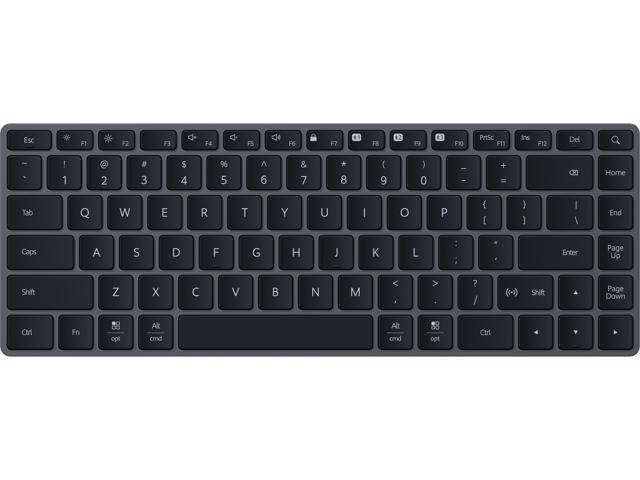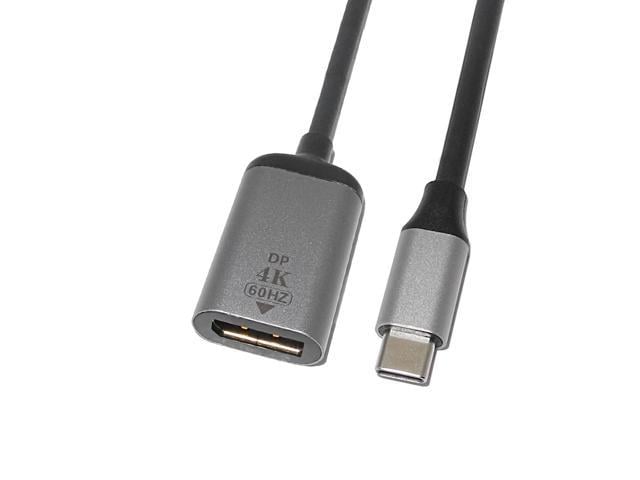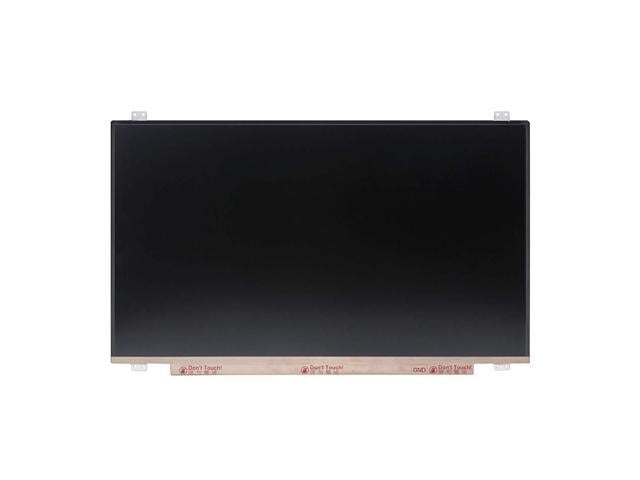PROGRAMMING HOME PROJECTS WITH MICROSOFT SMALL BASIC explains (in simple, easy-to-follow terms) how to build Small Basic Windows applications. To grasp the concepts presented in PROGRAMMING HOME PROJECTS WITH MICROSOFT SMALL BASIC, you should possess a working knowledge of Windows and have had some exposure to Microsoft Small Basic programming (or some other programming language). We offer two beginning programming tutorials (MICROSOFT SMALL BASIC FOR KIDS and BEGINNING MICROSOFT SMALL BASIC) that would help you gain this needed exposure. Students learn about program design, Small Basic objects, many elements of the Small Basic language, and how to debug and distribute finished programs. Sequential file input and output is introduced and we introduce concepts needed for game programming - animation, collision detection, keyboard control, and sounds. The applications built include: -Dual-Mode Stopwatch - Allows you to time tasks you may be doing. -Consumer Loan Assistant - Helps you see just how much those credit cards will cost you. -Flash Card Math Quiz - Lets you practice basic addition, subtraction, multiplication and division skills. -Multiple Choice Exam - Quizzes a user on matching pairs of items, like countries/capitals, and words/meanings. -Weight Monitor - Track your weight each day and monitor your progress toward established goals. -Blackjack Card Game - Play the classic card game against the computer. -Home Inventory Manager - Helps you keep track of all your belongings - even includes photographs. -Snowball Toss Game - Lets you throw snowballs at another player or against the computer. The book includes over 600 pages of FULL-COLOR self-study notes. The course requires either Windows 8, Windows 7, XP, or Vista, and the free Microsoft Small Basic 1.0 development environment. The Small Basic source code and all needed multimedia files are available for download from the publisher’s website (www.ComputerScienceForKids.com) after you book registration.















